Navy General Board Articles
All the best naval articles in one location!
Eggshells and hammers: Fisher’s last battlecruisers
In 1919 an embittered Admiral Sir John Fisher published a trenchant criticism of the British Admiralty’s latest heavy warship. He did not name her, but he didn’t have to: there was only one. To Fisher, HMS Hood had too much weight devoted to armour. ‘And so bang went...

New photos of HMS Hood in 1924
It is not often that previously unknown photos of HMS Hood are discovered. A set were found recently in a New Zealand archive, and are reproduced here for the first time on a naval website. The quality is typical of the day: the slightly blurred imagery typical of the...

Speed and armour: Fisher’s battlecruisers vs Admiralty politics
In 1919 the embittered Admiral Sir John Fisher, former First Sea Lord and the long-standing champion of naval technology, summed up his recent thinking about heavy warships in three words: ‘speed is armour’.[1] The phrase has since been inextricably associated with...
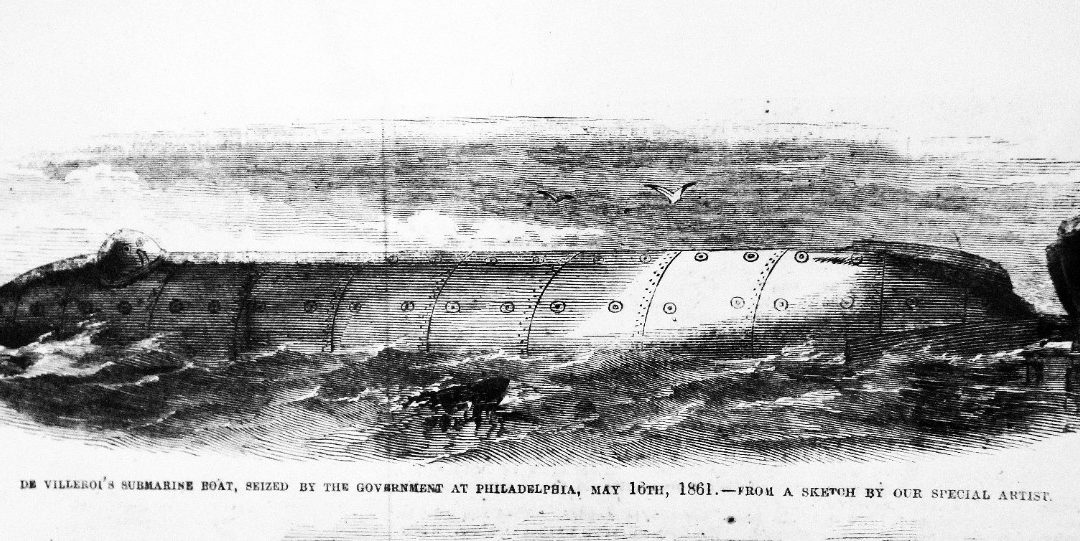
The First Submarine of the Civil War:The Story of “Alligator Junior”
Chuck Veit(www.chuckveitbooks.com) excerpted from the author’s bookNatural Genius:Brutus de Villeroi and the U. S. Navy’s First Submarine We are taught that USS Holland (SS-1) in 1900 was the first modern submarine in the U.S. Navy. This is true—but this was not...
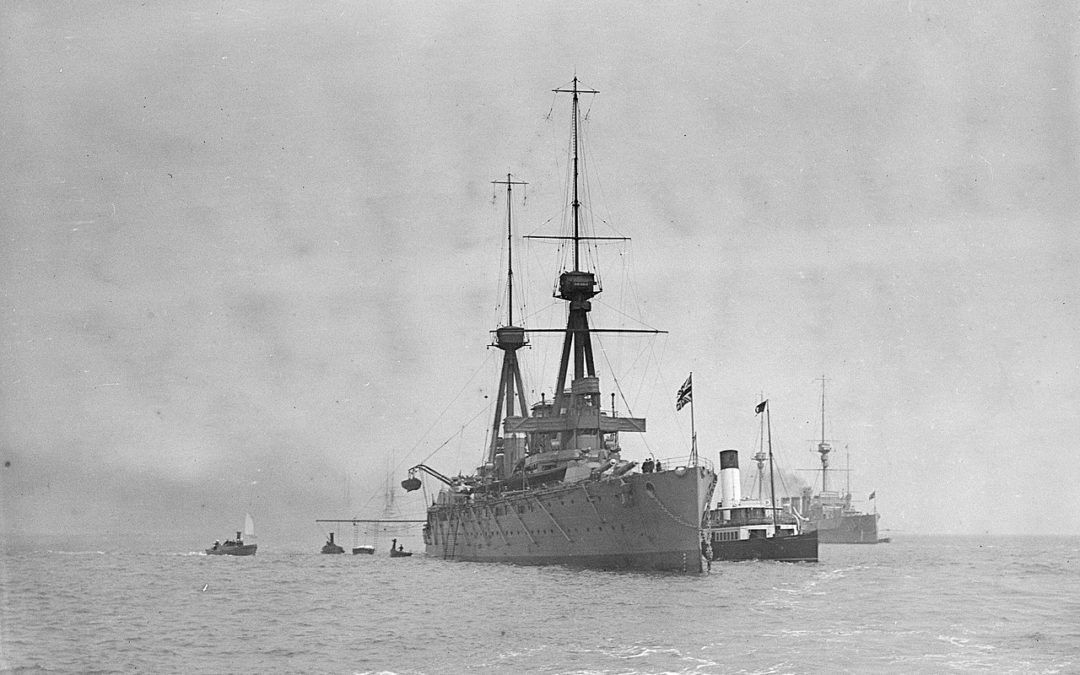
Admiral Sir John Fisher and the first fast battleships
At the end of 1904 Britain’s First Sea Lord, Admiral Sir John Fisher, set up a committee that met over a period of several months into early 1905 and produced two new types of vessel: an all big-gun battleship and its armoured cruiser homologue. The latter...

Sea Miner: A Civil War Rocket Torpedo
An article by Author Chuck Veit The torpedo launched perfectly, and ran “hot, straight, and normal” towards its target, its solidfuel pushing it along at over 130 mph. It took but a second and a half to cover the hundredyards—well within the six hundred yard range...

The story behind the battlecruiser HMAS Australia
In March 1909 there was a good deal of around Australia’s major cities about responding to the latest Imperial naval crisis by giving Britain a battleship. At a time when social militarism was a major feature of society the call resonated. It also came on the eve of a...

Battlecruiser or Cruiser : Origins of the Alaska Class Cruiser
The Alaska Class Cruiser is one of the more interesting warship designs of the Second World War. Few designs have as many admirers as they do detractors. Some appreciate the size and impressive capabilities of its 12"/50 naval guns. Others criticize the cost of the...
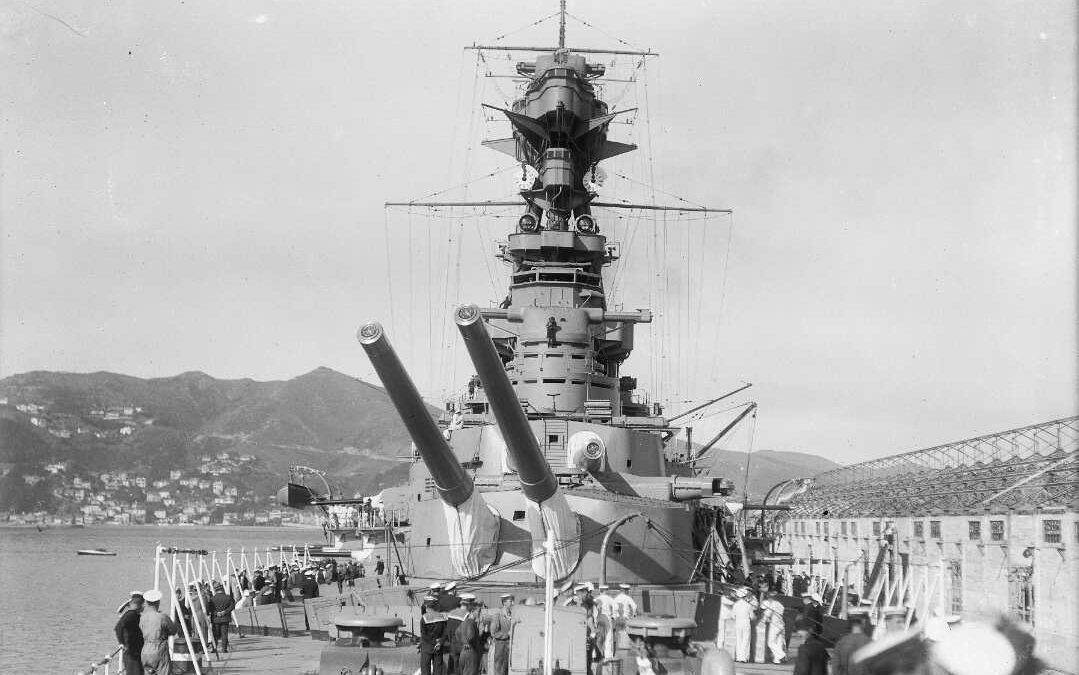
High resolution photos of HMS Hood in Wellington, 1924
In November 1923 a British squadron led by HMS Hood embarked on a world tour that took in key elements of Britain’s far-flung Empire and a range of Britain’s main trading partners. It was in many respects a repeat of the 1913 world tour by HMS New Zealand,[1]...

F-14 vs F-15 : Tomcat vs Eagle
It's interesting seeing how naval aircraft compare to their contemporaries ashore. Not only does the operating environment impact aircraft design, but the rigors of operating in a maritime environment can also radically influence design as well. This can result in...

High quality pictures of British battlecruisers
A range of pictures of British battlecruisers in New Zealand waters during the inter-war period have been doing the rounds on social media. Most were taken by professional or semi-pro photographers using high-end equipment of the day. However, the identity of the...
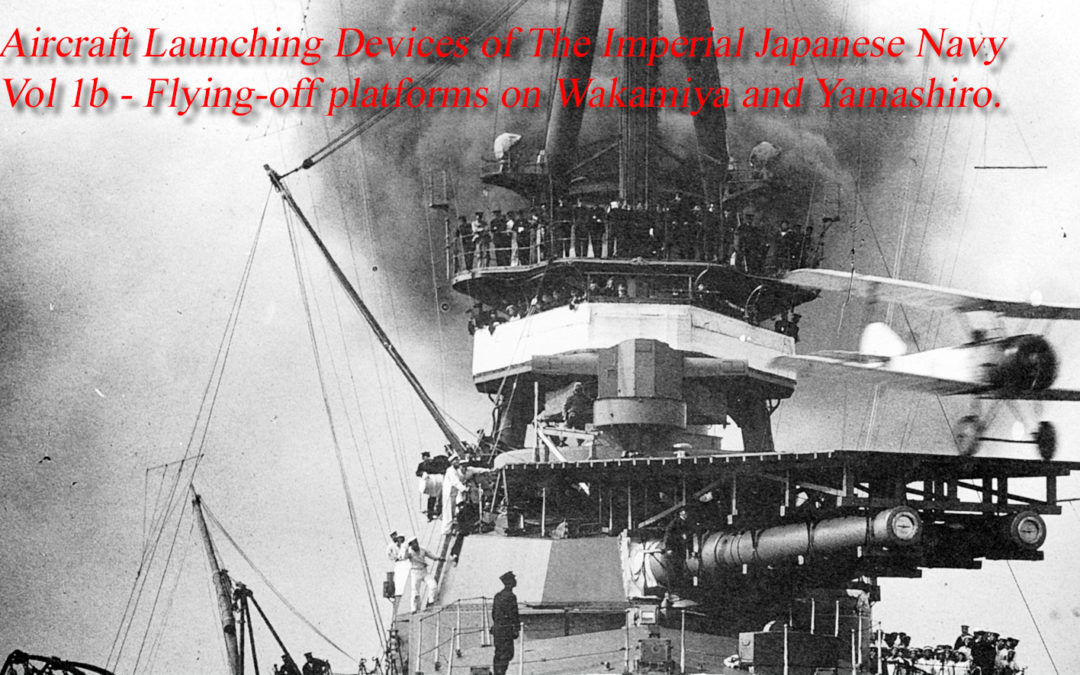
Aircraft Launching Devices of the Imperial Japanese Navy: Vol 1B – Flying-Off Platforms on Wakamiya and Yamashiro
By Joseph Ed. Low, and Sander Kingsepp. This is the second of a series of articles that explores the history of aircraft launching devices used by the Imperial Japanese Navy (IJN) that will be featured on the NGB (Naval General Board) website. The series started with...

12″/50 Mark 8: How Powerful were the Alaska Class Cruisers?
How powerful were the Alaska class cruisers? That question could not be answered without first looking at its weapons. Serving as the primary armament for the Alaska class large cruisers, the 12"/50 Mark 8 naval gun was one of the most advanced naval guns developed by...

Aircraft launching devices of the Imperial Japanese Navy Vol 1A – Flying-off platforms
By Joseph Ed. Low, and Sander Kingsepp This is the first of a series of articles that explores the history of aircraft launching devices used by the Imperial Japanese Navy (IJN). The series will start with flying-off platforms and will eventually also cover catapults....

Warship Terminology: Naval Gunnery Dispersion for Dummies
I wanted to talk about a term that is often tossed around when talking about naval gunnery but is not completely understood. Since It had also been a while since we had a technical article, I think the time has come to discuss the topic of naval gunnery dispersion....

Navy General Board Naval History Questions: Volume 1
Over the years, I have been asked a great many naval history questions by curious readers. It's actually quite an honor to have people reach out to me and I love getting to chat to people and answering the questions that I can. Even those that escape me are no problem...

Warships of Mare Island Shipyard during World War 2
Of the many shipyards used by the United States Navy during the Second World War, few were as busy as the Mare Island Shipyard in California. Famous as the first United States Naval Base on the Pacific Ocean, Mare Island was a hive of activity during World War 2....
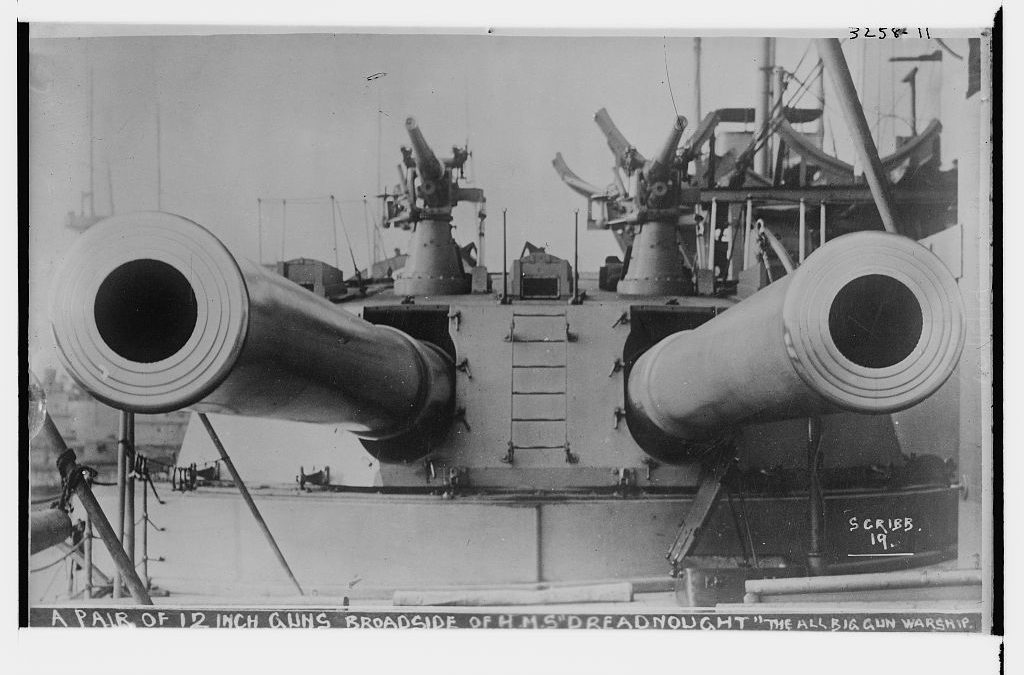
A look at British B.VIII naval gun machinery and variants
By the early twentieth century one of the problems the British had with their heavy naval guns was that existing gun machinery could not elevate or depress the guns quickly enough to compensate for the roll of the ship. In some conditions the turntables could not...
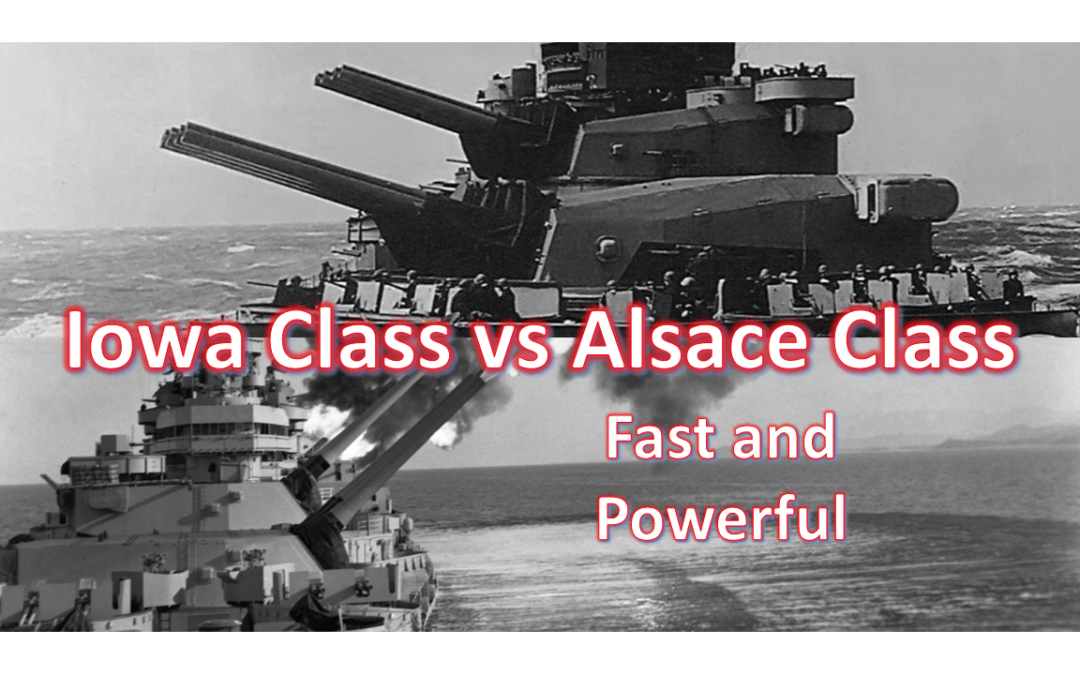
Iowa Class vs Alsace Class : Fast and Powerful
Few battleships during the Second World War were as specialized as the Iowa class battleships of the United States Navy. Unique designs built with an emphasis on speed, few of their dreadnought contemporaries could keep up with them. However, there was one notable...
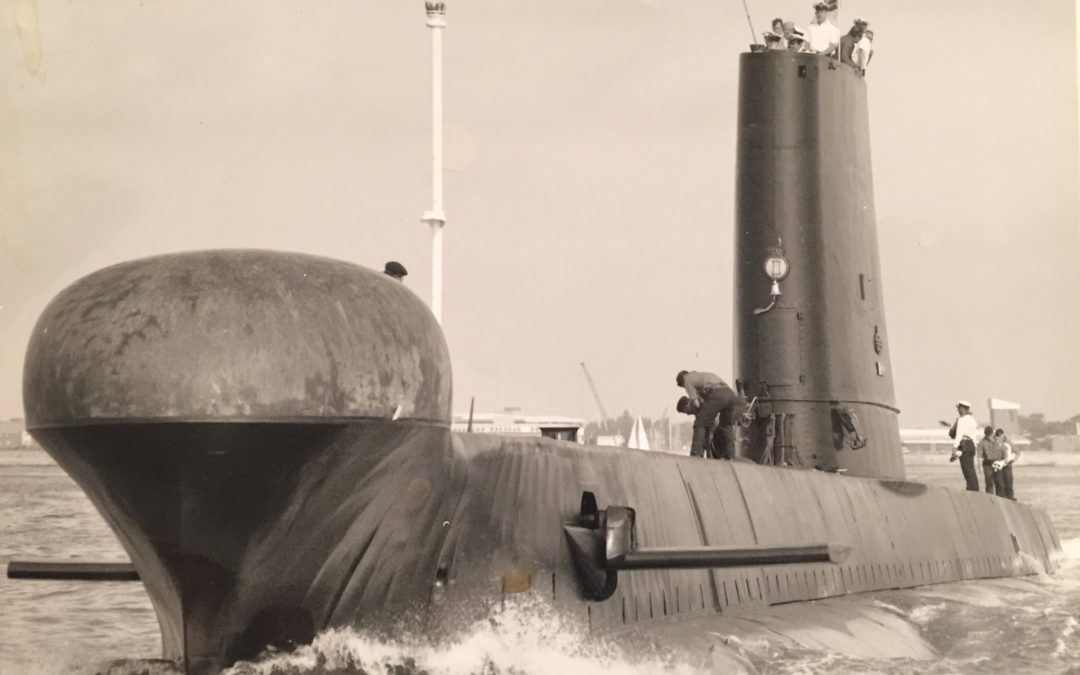
The Oberon class quiet and capable
The distinguished O boats over 40 years of service

German Aircraft Carrier Of World War 1
By 1919 the Great War had dragged on for five long blood-soaked years. Even with the USA havingjoined the Allies in 1917, victory had been elusive for any of the combatants. For the two years that hadfollowed that declaration, a flood of war materials had poured from...

A brief overview of the Trafalgar class
A brief overview of the Royal Navy Trafalgar class SSN
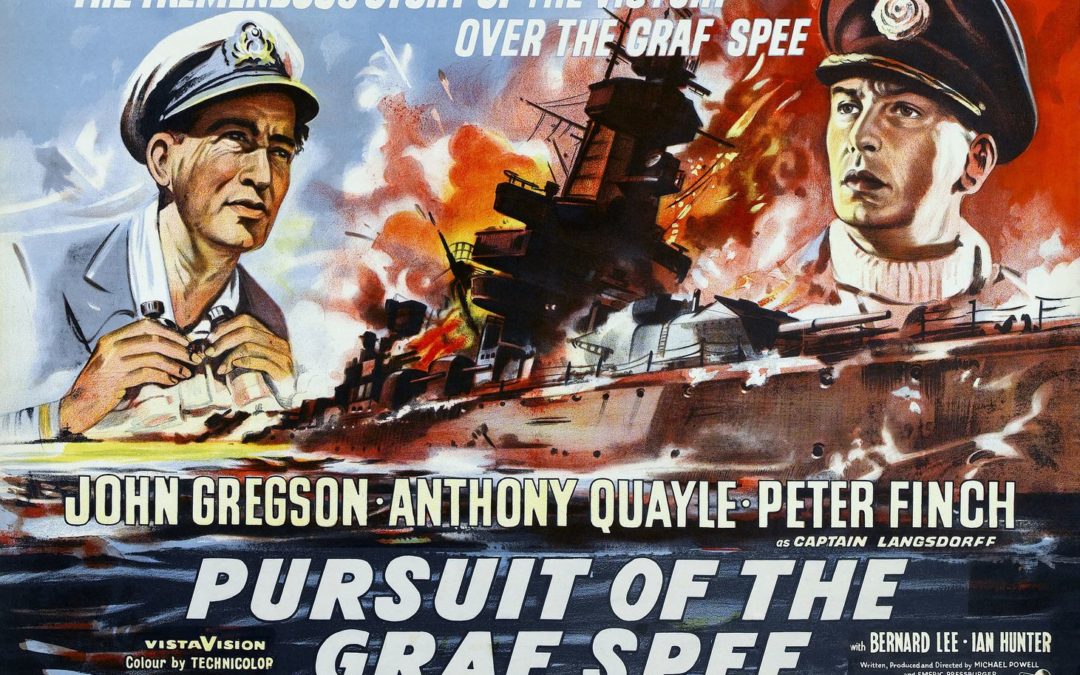
The Battle of the River Plate and USS Salem
Today's article will go a little off track compared to our typical articles. That's because we are looking at the American Des Moines class heavy cruiser USS Salem (CA-139) and her portrayal of the German raider Admiral Graf Spee in the classic 1956 film The Battle of...
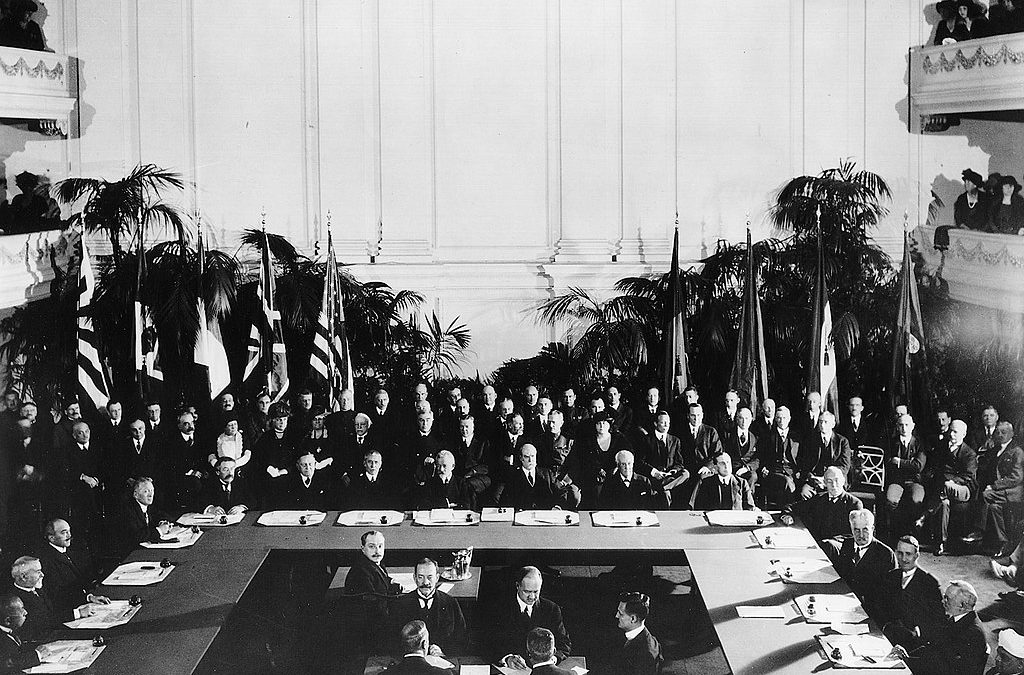
The Washington Treaty and the Royal Navy’s scrapping programmes
The naval treaty of 6 February 1922 negotiated in Washington – technically the ‘Five Power Treaty’, but afterwards simply called the ‘Washington Treaty’ - included lists of the ships that signatories were required to dispose of. The longest was British. A significant...

The Future Royal Australian Navy
An overview on the future composition of the Royal Australian Navy

Project 877 & Project 636 The Kilo Class
With more than 75 boats built the Kilo class is one of the most numerous submarines in service

The many names of the Washington Treaty of 1922
The term ‘Washington Treaty’ frequently appears in specialist naval books and even general histories of the inter-war period. There is no mistaking the meaning: it refers to the treaty signed on 6 February 1922 between the United States, Britain, Japan, France and...
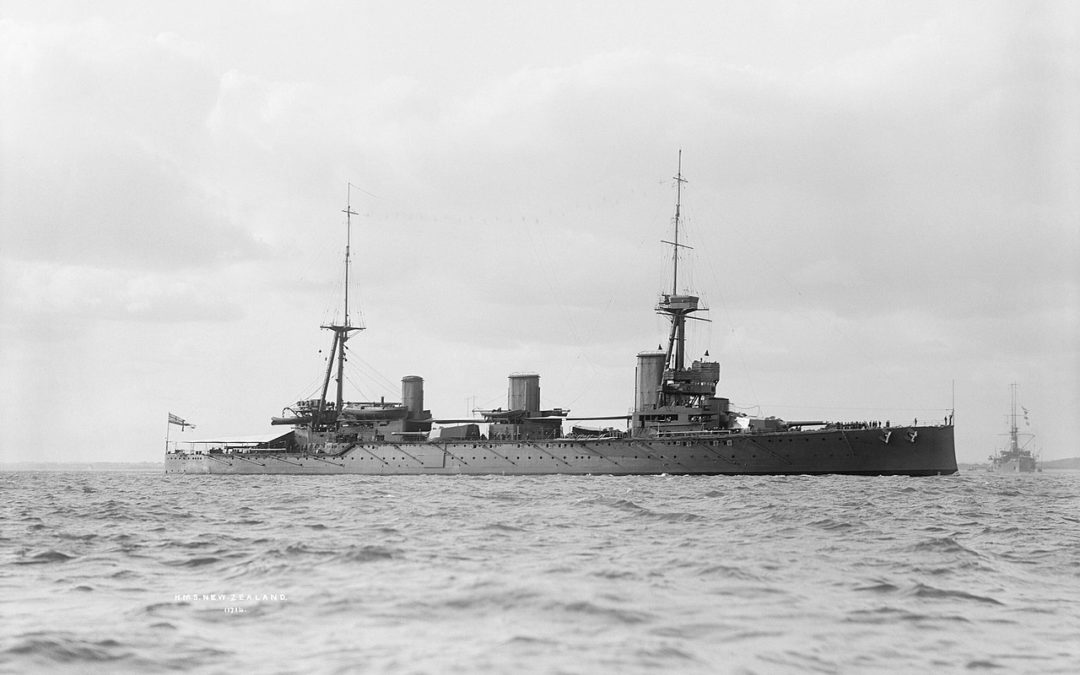
Why HMS New Zealand’s debt wasn’t cancelled until 1944-45
One of the many myths about the battlecruiser HMS New Zealand – the ship built as a gift from New Zealand to Britain in 1909 - is that she was unaffordable for a small Dominion of just under a million people. In the previous article I showed that this was simply not...

Royal Canadian Navy have they missed an opportunity?
With new vessels on the horizon for the Royal Canadian navy is there something they have missed?

Montana Class Battleships : Armor Examination
This will be the first in a new series where we examine the armor schemes of various battleships throughout history. We will start off this series with the never-built American super dreadnoughts, the Montana class battleships. During the Montana class armor post we...

A look at life ARA General Belgrano
From USS Phoenix to ARA General Belgrano and her part in two wars and one coup d’etat

Convoy a Brief Synopsis
A brief look into the convoy system
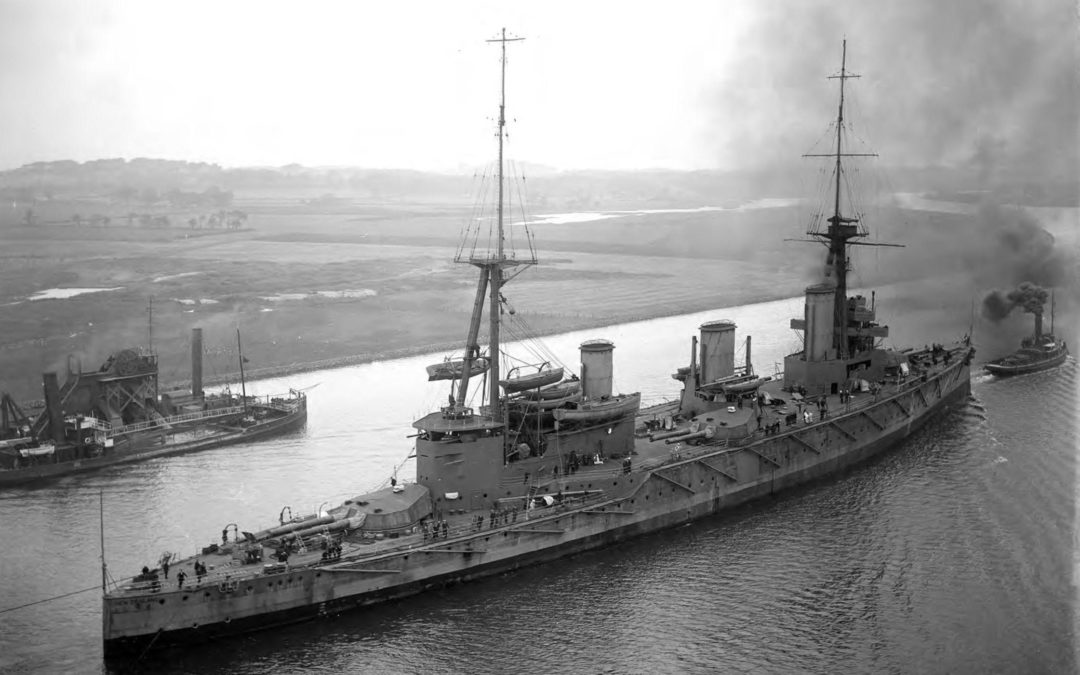
How the battlecruiser HMS New Zealand was paid for
One of the many mythologies surrounding the battlecruiser HMS New Zealand – the gift that the New Zealand government made to Britain in April 1909 – is that she was unaffordable. According to legend, New Zealand was too small to afford her, had no money and the ship...
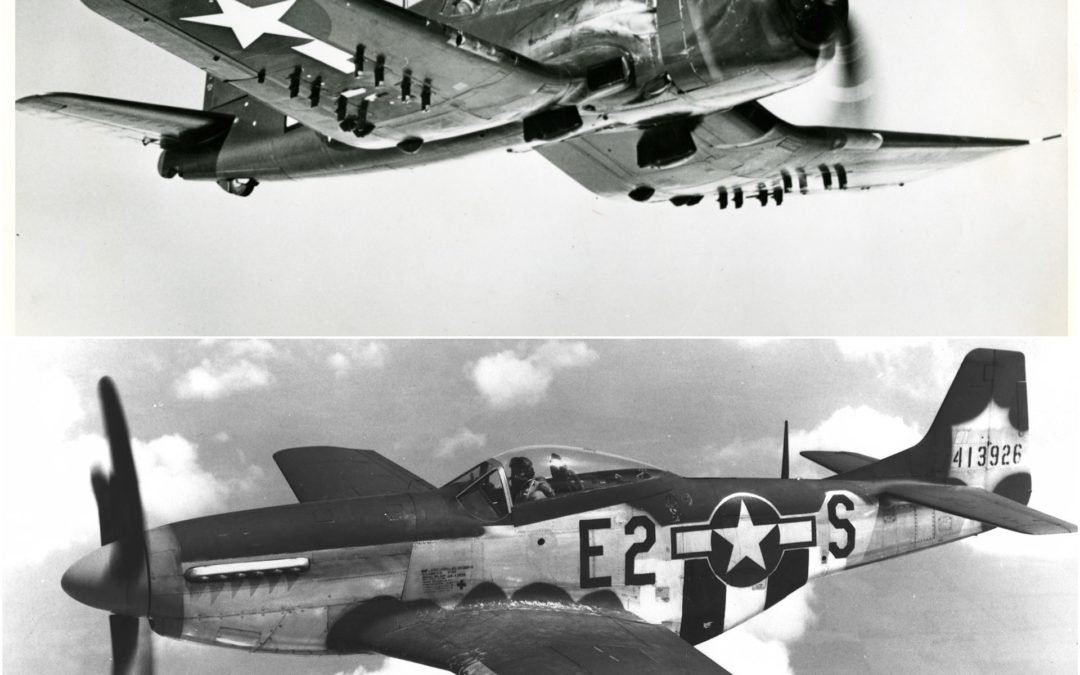
F4U Corsair vs P-51 Mustang
In the first of a new series of posts, we will begin to examine various carrier aircraft and see how they compare to other aircraft. And what better way to start the series off than to examine two of the most famous American fighter aircraft of the Second World War....

What was the Best Light Cruiser? : Main Guns
After the success of the posts examining which battleships had the best anti-surface firepower and anti-aircraft firepower, I wanted to change things up! In this post, we will examine the guns of light cruisers, determining what was the best light cruiser gun of the...

Russia’s Oscar class & the Kursk Tragedy
Russia’s huge Oscar class and the tragic loss of Kursk

How Britain gained two new battleships from the Washington conference of 1921-22
Between 12 November 1921 and 6 February 1922 the world’s major powers met in Washington to resolve a wide range of international issues. Outcomes included a naval treaty – the ‘Five Power Treaty’, afterwards known as the ‘Washington Treaty’ – which ended a naval race...
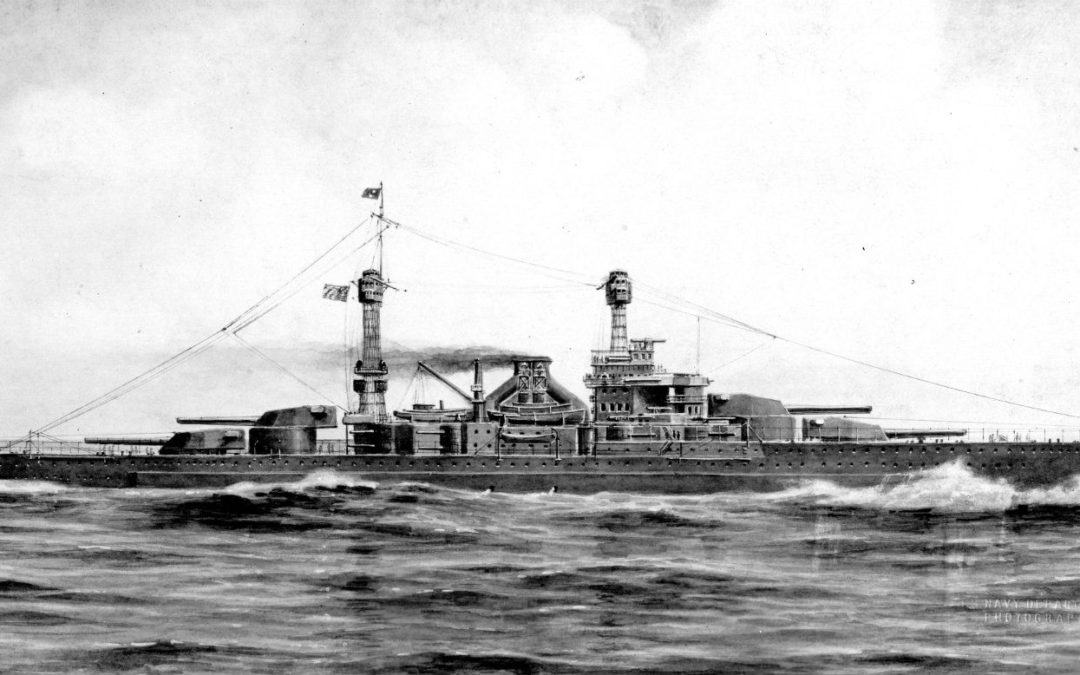
The origins of the Washington Treaty of 1922
It is a century since the world’s leading powers negotiated the ‘Washington Treaty’. This agreement of 6 February 1922 – called the ‘Five Power Treaty’ at the time[1] – required signatories to scrap numerous ships, including some as yet unfinished, dictated strict...

Admiral Kuznetsov: Russia’s Troubled Carrier
Russia’s troubled carrier

The Flower Class Corvette
The Flower class corvette cheap to build and Nasty to the U boats
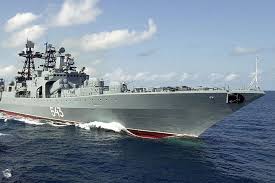
Russia’s Udaloy class Destroyer
Russia’s work horse destroyer

USS Texas part Two
Going on board the USS Texas

Brooklyn Class Cruisers: Warship Spotlight
The United States Navy produced a large number of cruisers in the years before and during the Second World War. Many of these ships were highly successful designs, providing excellent service during the War years and became well known such as the Baltimore and...

The story behind ‘The battlecruiser HMS New Zealand: a gift to The Empire’
The story of HMS New Zealand, the battlecruiser that the Dominion of New Zealand gave as a gift to the Empire of Britain in 1909, has been told many times. Often incorrectly. Indeed, the ship is surrounded with mythology. A variety of stories about her origin and...
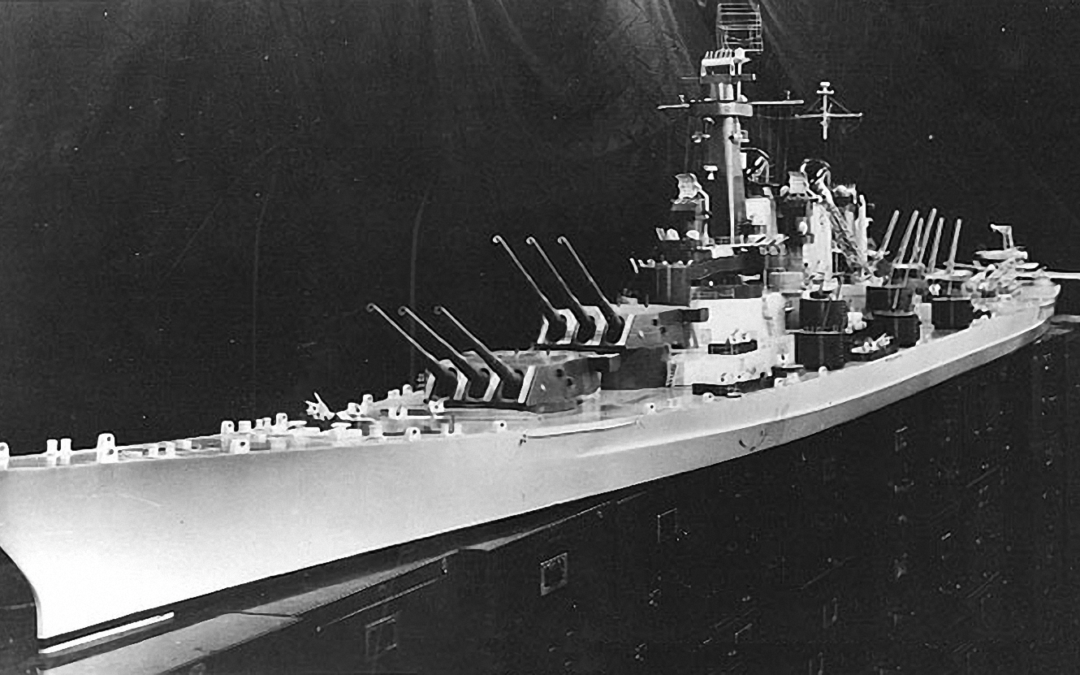
Super Battleships of the World
Battleships were among the largest, most complex, and most powerful weapons of their day. Combining the largest guns and the thickest armor, they were impressive warships. While battleships were already powerful, some navies sought new designs that were even more...

The Royal Fleet Auxiliary
The Fleet that keeps the navy moving

USS Texas The last Dreadnought
Part one explores the history of the USS Texas

Canada’s Next Generation Submarine
My own opinion and hypothesis on what class of submarine could become Canada’s next generation submarine

The Soviets Troubled first generation SSBN
Like most of the first generation boats the Hotels had their issues

Did Admiral Sir John Fisher try to launch a battlecruiser revolution?
by Matthew Wright There is no question that Admiral Sir John Fisher, Britain's First Sea Lord from 1904 to 1910 and the effective head of the Admiralty, was instrumental in driving a sea-change in the nature of heavy warships. What has puzzled historians, though, is...


Recent Comments